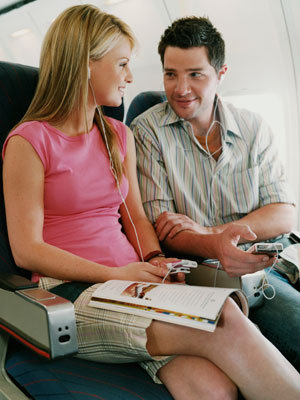Not sure how much to give? Here's our all-you-need-to know guide.
By: Jenna MahoneyOpen wallet. Watch the bills fly out with ease. Sometimes handing out gratuities can feel not only obligatory, but also excessive. In fact, tipping these days should be thought of as part of the price of travel (albeit one you add on with discretion for level of service). Here we break down the whos, the how much—and sneak in a few tips of our own.
 Customary Practices
Customary Practices
One thing that makes tipping so confusing is that it varies throughout the world. Leaving a waitress 18% of the restaurant check total is considered standard in the U.S., while in many Asian countries it’s uncommon. And although the Euro-Zone countries have the valued added tax (VAT ), and a service charge is included at most eateries, it has become more commonplace to leave a few Euros for excellent service. Consult a guidebook or the Fodor’s website, fodors.com, for specific regional customs. Your hotel concierge can also advise you. One reason vacationing at an all-inclusive resort is so seductive is that service charges are often included in the tariff. Some cruise ships follow the same practice; others make suggestions for each point of service (from housekeeping to the restaurant staff). Safari companies and tour outfitters also often provide similar information.
Be Prepared
Depending on the length of your trip, tuck $50 to $100 in American ones and fives into your documents pouch. That way it’ll be easy to access and count off as you go. Reserve the cash for tipping your drivers (10%-15% of the cost of the ride), porters ($2 per bag), doormen (a buck or two each time they hail you a cab or get your car from the garage), housekeepers ($2 to $5 per night) and pool attendants ($2 a towel). Guides, who generally receive 15%-20% of the excursion fee, can be paid in larger bills. Add any gratuities for spa therapists, waiters and, if you’re running a tab, bartenders ($1- $2 a drink or 18% of the total) to the check and pay it all with a credit card or put it on your room account. Credit card companies use the most desirable international exchange rate of the month in statements. So, you might be able to whittle a few greenbacks off your total vacation cost. Sometimes, I wait until the end of my trip and leave envelopes with the concierge addressed to folks who’ve helped. The only drawback to this approach is that you may get a hairy eyeball or two during your stay.
Skip and Save
There are a few people who don’t expect to receive gratuities. Room-service waiters, for example, since service charges are generally added into the total bill. Ditto for hotel receptionists and restaurant maître d’s. Only tip a concierge if she went above and beyond—like scoring tickets to a sold-out show or arranging a proposal. And when you do, note $20 is the customary minimum. Restaurant and winery sommeliers get a similar treatment—they should be tipped only if they offered extraordinary service. Experts agree that 10% of the cost of the bottle is sufficient. Most all-inclusive service-team members can be skipped, however, some exceptions apply. Spa therapists, off-site excursion leaders and golf caddies should be tipped as usual: 20%, 15-20% and $15, accordingly.
Poor Form
If you truly believe someone isn’t deserving, by all means don’t tip. But instead of skipping and running, ask to speak to the manager or send an e-mail of complaint to the head office upon your return. If the service was sub par, chances are the higher-ups will want to fix the problem.
Add It Up
While booking a trip, factor in the tipping costs. You don’t want to blow your budget on incidentals. Think about it: Would you rather have a fantastic time and great memories or be stuck eating PB&J for weeks after your vacation?
Hint: The greenback goes a long way across the globe. With the exception of Europe, most hotel workers, tour guides and restaurant staff are happy to be tipped in U.S. dollars.
Photo Credit: Getty Images






